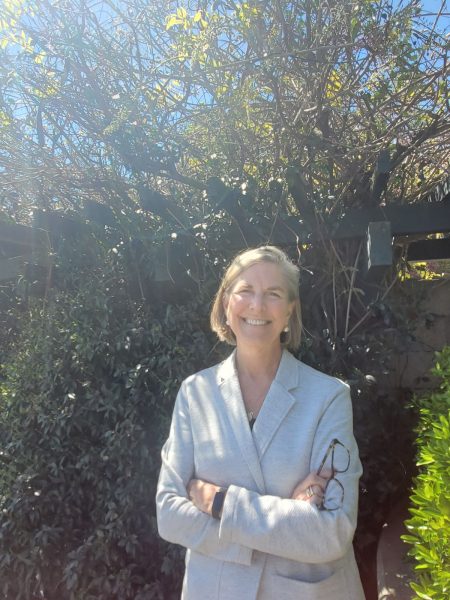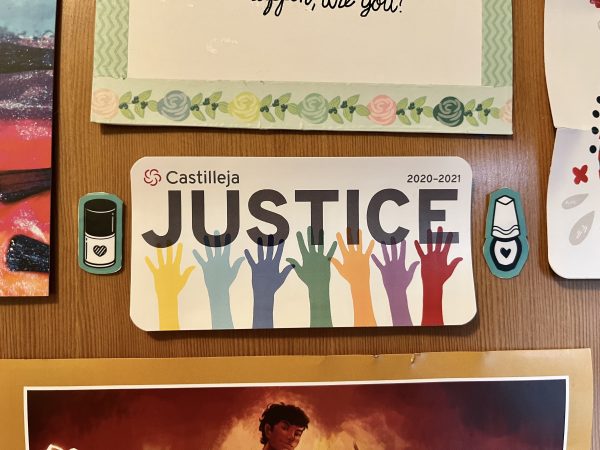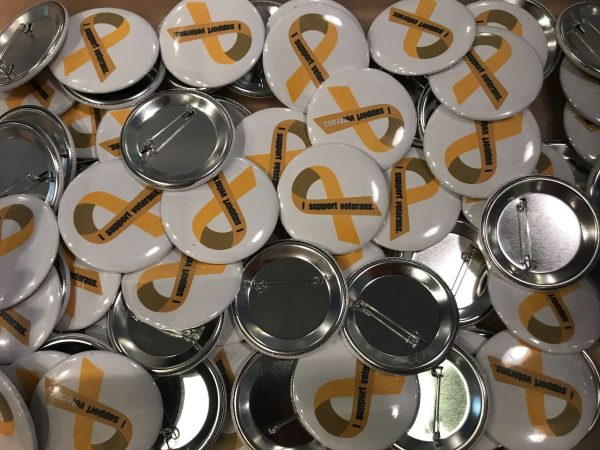(Wo)man’s best friend: How adoptions and fostering pets have changed because of COVID-19
New furry friends have become increasingly popular amongst the Covid-19 virus
In the past year, a lot has changed. Many people have felt lonely and bored, with nowhere to go and nothing to do. In the isolation that has been 2020 and 2021, many people have decided to adopt or foster a pet.
According to USA Today, by August of 2020, dog adoption rates were up by 202% since the previous year, and, according to Consumer News and Business Channel (CNBC), the American Society for the Prevention of Cruelty to Animals (ASPCA) saw a 70% increase in fostering applications. Fostering, for those unfamiliar with the concept, is temporarily taking care of a pet before a permanent adoption.

Even people in our own community are taking part in this endeavor. In an interview with Lucy Slinger ‘23 and Zoe Ho ‘23 about their own experiences with fostering, Slinger talked about her 10-week-old puppy named Uma that she fostered for a week with the Doggie Protective Services (DPS), a non-profit devoted to rescuing dogs and cats. Before the pandemic hit, she and her family were always busy, and despite their desire to adopt a pet, Slinger and her family knew they couldn’t devote the time that was needed to successfully bring up a dog.
However, due to the freedom awarded by the novel coronavirus, they decided to take advantage of the moment and “to foster a dog who needed a home.”
According to Slinger, the process of pet adoption changed quite a bit as a result of the pandemic: adoption events, the primary time for pets to be chosen by new owners, occurred and are occurring less frequently than they were during pre-pandemic times because of the difficulty of implementing safety protocols during these selection events.
However, Slinger’s pet matching process was somewhat easy. As she explained, she only needed to fill out a form and attend a few information sessions until they were authenticated to pick up her puppy. “It was a bit hard at first to get used to it, so I took a lot of notes during the information session.”
Slinger described the process of picking up the dog as “like a drive-thru,” where they simply drove up, and the dog was placed into their trunk before they drove off. After a week of fostering, Uma was returned to her permanent adoptive family.
In contrast to Slinger, Ho fostered a different animal during quarantine—bunnies! Ho worked with the non-profit, Pets-in-Need, and even ended up adopting some of their bunnies.

She had just started fostering during quarantine, though fostering was something that she had wanted to do for a long time. She fostered her first bunny for two months before deciding to permanently adopt the bunny with whom she had formed a fond attachment. She is also currently fostering two other bunnies along with the first bunny and really enjoys spending time with her furry friends, “Seeing animals function brings me joy and refreshment and is just a nice breather from everything that’s going on.”
Despite the huge increase in demand for dogs, the number of volunteers willing to help in adoption centers has drastically decreased. “Before the pandemic started there were probably fifty or so volunteers, and now I think there’s probably four,” accounted Paisley de Blank ‘23. As a current volunteer herself, she explained that the reason for this issue was the limited number of people allowed in the allotted space, as stated in COVID-19 restrictions.
In spite of the goodness fostering animals brings to people’s lives, fostering during a pandemic isn’t perfect, hence some downsides. At one point, a family was planning to adopt one of Ho’s bunnies, but a week after the adoption, the family decided a bunny didn’t work with their lifestyle. Ho cites the pandemic as one of the main reasons the adoption fell through. They “didn’t anticipate what they got” because they weren’t allowed to meet the bunny beforehand.
De Blank also mentioned some changes that were made to the adoption process recently, that “before covid, people typically adopted at events, but now they can’t have those events,” which means the way people find pets has been altered.
In that discussion with De Blank, it was revealed that for many people the core of adopting a pet is still the same. She says that there are four steps: “their paperwork, the money, a harness, and a leash,”
Amidst a virus-infected world and never-ending chasm of disappointments, we are lucky to have our furry friends to turn to and vice versa—a wag of a tail and a lick on the cheek can go very far.
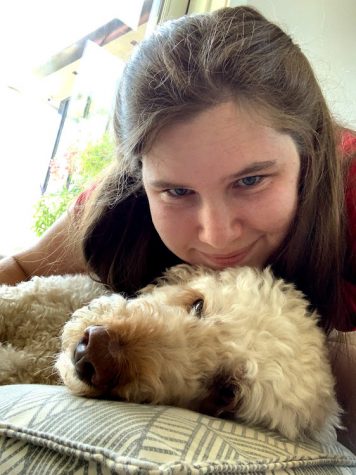
Emily Bock '23 is a staff writer and a junior at Castilleja. Outside of Counterpoint, Emily loves singing, acting, writing, and playing volleyball. She...
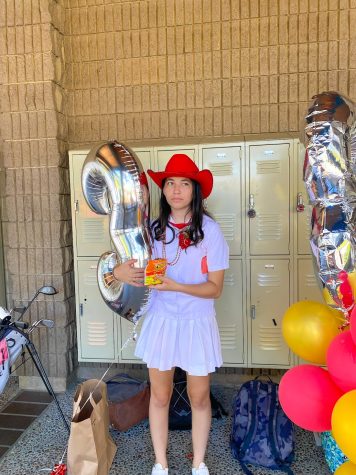
Parisa Braun '23 is the Co-Editor-in-Chief of Counterpoint, and this is her fourth year of being a part of the Counterpoint team! When she isn't trying...



